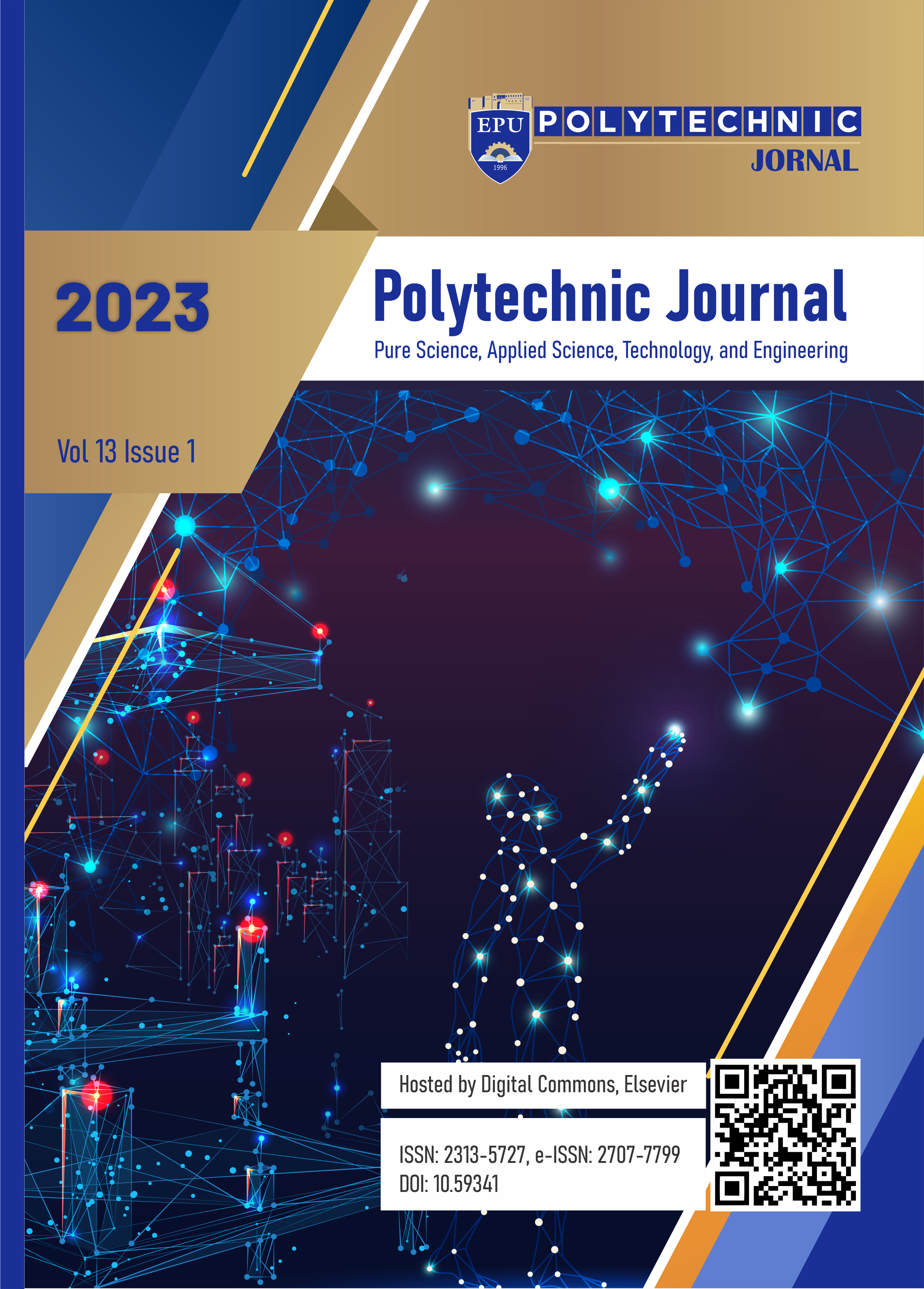Land Use Land Cover Changes Detection of Erbil City Using GIS and Remote Sensing
Keywords:
Accuracy assessment, Kappa coefficient, Change detection, GIS, Image classification.Abstract
Erbil City, the capital of the Kurdistan region in Iraq, witnessed significant land use land cover changes over
the last two decades. These Land Cover Land Use (LULC) changes were attributed to many main social,
political, climactic, and economic variables, especially after 2003 in Iraq. The use of geographic information
systems and remote sensing became active tools that use public satellite images to detect LULC
changes in cities. Two satellite images of Erbil City for 2003 and 2020 respectively have been used to
analyze and get the nature and the magnitude of the LULC changes. Six LULC classes were
recognized and compared for the sake of the analysis process. The LULC included barren, croplands,
grasslands, open shrublands, savannas, and urban and built-up lands. Ground truth points were
randomly projected and used to compare and validate the LULC class types. A confusion matrix was
calculated based on the ground truth points comparison to assess the accuracy of the classes and to get
the overall accuracy for the classified LULC. The LULC changes, magnitudes, and a table of “FROM-
TO” changes were obtained. The maximum decrease change rate occurred in open shrublands with an
average of ~ (-47%), however, the increase change rate in croplands was ~ (+17%), and for urbanizing
areas was ~ (+11%). The barren and Savanna lands were proportionally small areas compared to other
classes. The outcomes resulted in total accuracy was 90% with a Kappa Coefficient value was 0.878.

